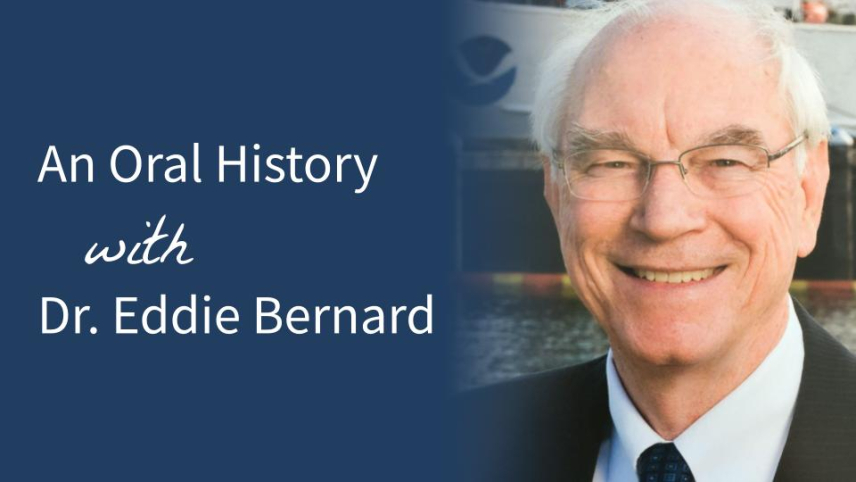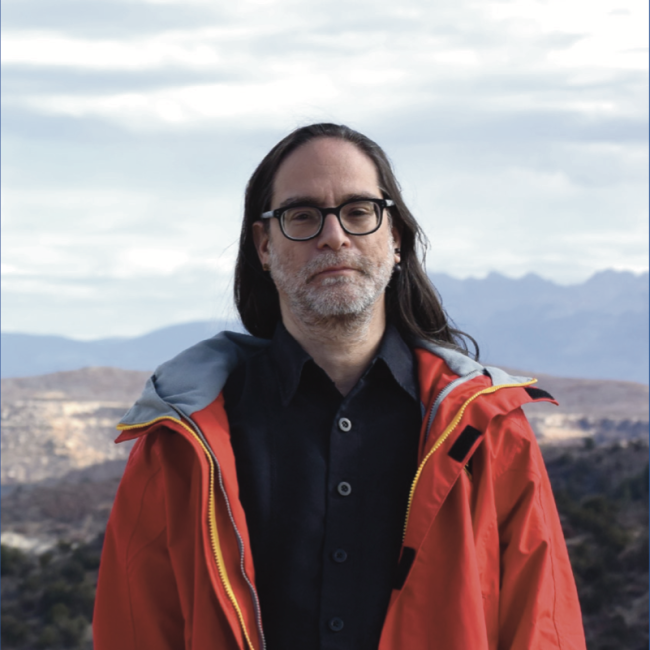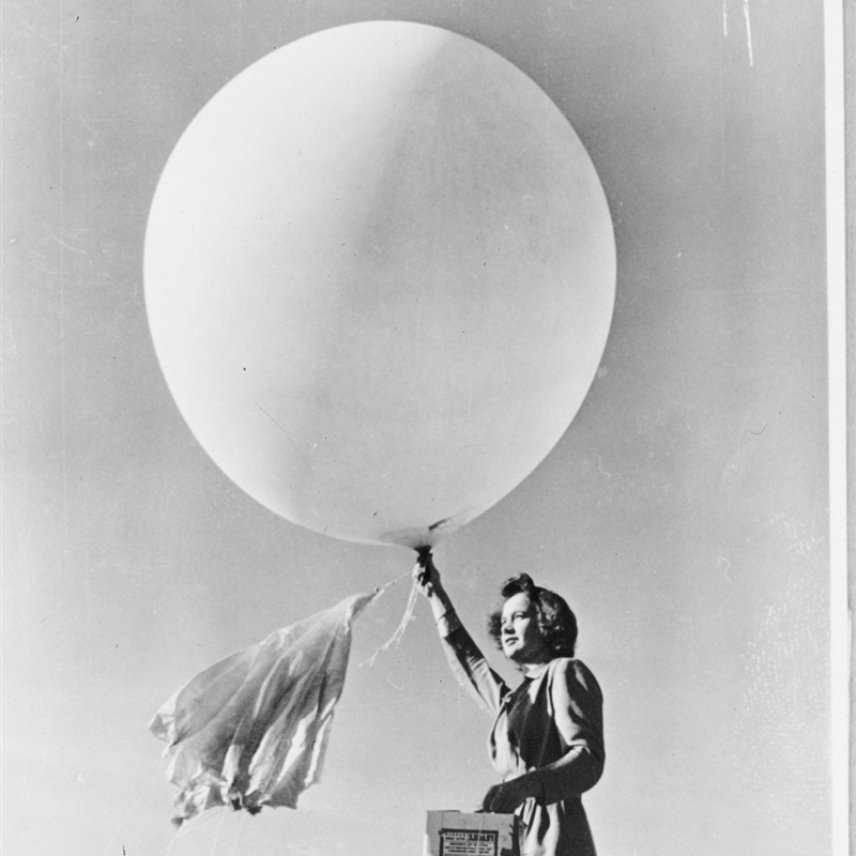This oral history was conducted by Molly Graham in 2020 as a part of the NOAA 50th Anniversary Oral History Project.

Tenure at NOAA: 1970-2010 (Image credit: NOAA Heritage)
Dr. Eddie Bernard refers to himself as the “accidental tsunami guy.” In graduate school, a professor asked him to assist with a research project on tsunamis, and what followed was a 40-year career at NOAA where tsunami research and detection was a common thread in every position he held.
Dr. Bernard joined the NOAA Corps in 1970, serving in the first NOAA Corps class, since NOAA had only formed nine days prior to his enlistment. He served aboard the NOAA Ship Researcher for three years before joining a NOAA tsunami research group in Honolulu and completing a PhD at Texas A&M University. Dr. Bernard eventually took the helm of NOAA’s Pacific Tsunami Warning Center, where he oversaw the warning center’s transition to computer-assisted operations. In the early 1980s, he became director of NOAA’s Pacific Marine Environmental Laboratory (PMEL) in Seattle where, thanks to experience from his tour in Honolulu, he helped lead development and operationalization of a deep ocean tsunami detection system (DART®) that transmits real time tsunami data.
In this interview, Dr. Bernard recounts his experience relaying information to the public and Congress in the hours and days following the 2004 Indian Ocean tsunami that killed more than 230,000 people in 14 countries. He was tasked with helping to write the Tsunami Warning and Education Act, which enabled NOAA to improve tsunami detection, forecasting, warnings, notification, outreach, and mitigation to protect life and property in the United States. Dr. Bernard retired from NOAA in 2010 after leading PMEL for 30 years.
Hear a snippet of the interview recorded on February 12, 2020 in Bellevue, Washington:
Listen to the full interview with Eddie Bernard.
Transcript:
[Editor’s note: this transcript has been lightly edited for clarity and may deviate slightly from the audio.]
On becoming interested in natural disasters at a young age:
EB: Two things happened while I was growing up, and that, I think, influenced my future career. One was a fishing story, if you will. My father and I used to go crabbing near Galveston in these big salt marshes. One year we were out crabbing, and we noticed a huge abundance of crabs. We used to take a number two washtub, and we’d be lucky if we filled up the bottom after about four hours. Well, that particular event, we filled up the whole tub. I couldn’t believe it. We had sometimes six, eight crabs on our bait, and just couldn’t believe it. They were those little blue crabs. They were a lot of crabs, but it took a lot of work to get the meat out of them. So I asked the guy at the end of the pier, “Why so many crabs?” He said, “Well, there was a hurricane last year, and it flooded this whole area. My god, the debris field – the crabs went berserk. They spiked in eggs that hatched and survived because there weren’t as many predators as there were crabs.” So that was one life experience that showed me the connection between fisheries abundance and the environment. That was one lesson learned.
The second thing that happened to me when I was in high school – I had been elected president of the student body in high school. There was a big hurricane that came in when I was in high school to Port Arthur. They evacuated people. The evacuation site was our gymnasium. They asked me to go participate in the setting up and welcoming people, make them feel comfortable, and stuff like that. I remember the feeling that they had of anxiety – “Was this thing going to destroy our homes? Was it going to destroy our lives?” They were very anxious people. That clicked with me. I said, “I wonder if we could do something to improve that situation? Could we use science to improve people’s lives for these natural disasters?” In this case, it was a hurricane. Well, that played out unusually in that when I showed up in graduate school with a scholarship I had been given, it turns out that my draft board had told Texas A&M University that I was drafted. Although I had been given a one-year deferment, it wasn’t recorded with the draft board. The draft board didn’t update it with Texas A&M. Long story short, they gave away my scholarship. But the dean at that time said, “Well, would you be willing to do research and we could pay you?” because I had no sources of income. “So we can pay you to be a research assistant on a project.” I said, “What’s the subject?” He said, “Tsunamis.” I said, “What a tsunami?” [laughter] That’s one of the coincidences. Then I learned more about tsunamis, and I said, “Well, this is cool. This is a natural disaster, which people evacuate. Hey, I had that experience in high school.” So click. It just resonated with me. I said, “Hey, maybe a part of fate or something.” I don’t know, but it was quite unusual that that experience I had in high school, then the mix-up in graduate school led me to a career in a natural disaster.
On how tsunami research at NOAA was a win-win for everyone:
EB: One of my take-home messages from being in the tsunami research group was we need to be able to detect a tsunami in the deep ocean. When I got to PMEL, which specialized in ocean observations, I said to Hugh Milburn, who was the chief engineer at the time, “Can we do this?” He looked into it, and he said, “I think so.” It took us ten years, but we [developed the technology for] detection of tsunamis in the deep ocean and report these data in real-time. The common thread is the accidental tsunami guy, who became head of the Tsunami Warning System. Then PMEL, which specializes in ocean observations, took on the challenge of tsunami observations in the deep ocean. This couldn’t have been done any other way. Another agency, it wouldn’t have worked. Only in NOAA could this have worked. I joined NOAA Corps, specialized in tsunamis, and then I took it from there and added to the state of the science– well, it’s win-win-plus.



